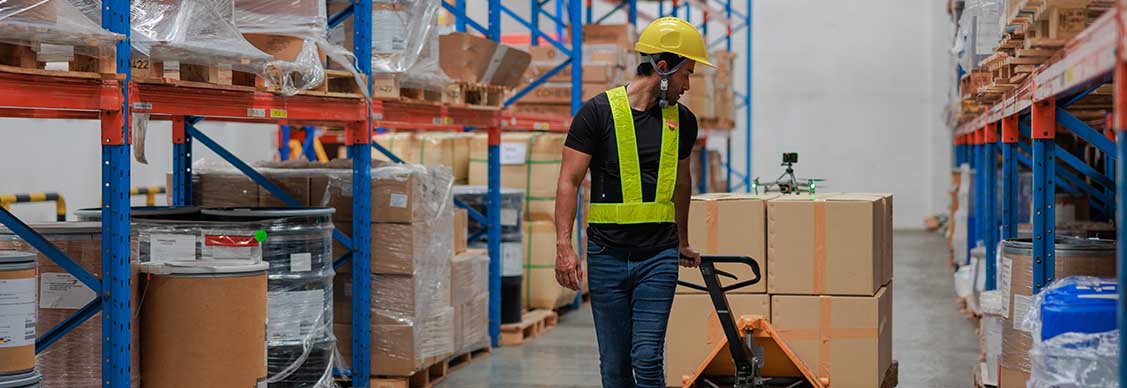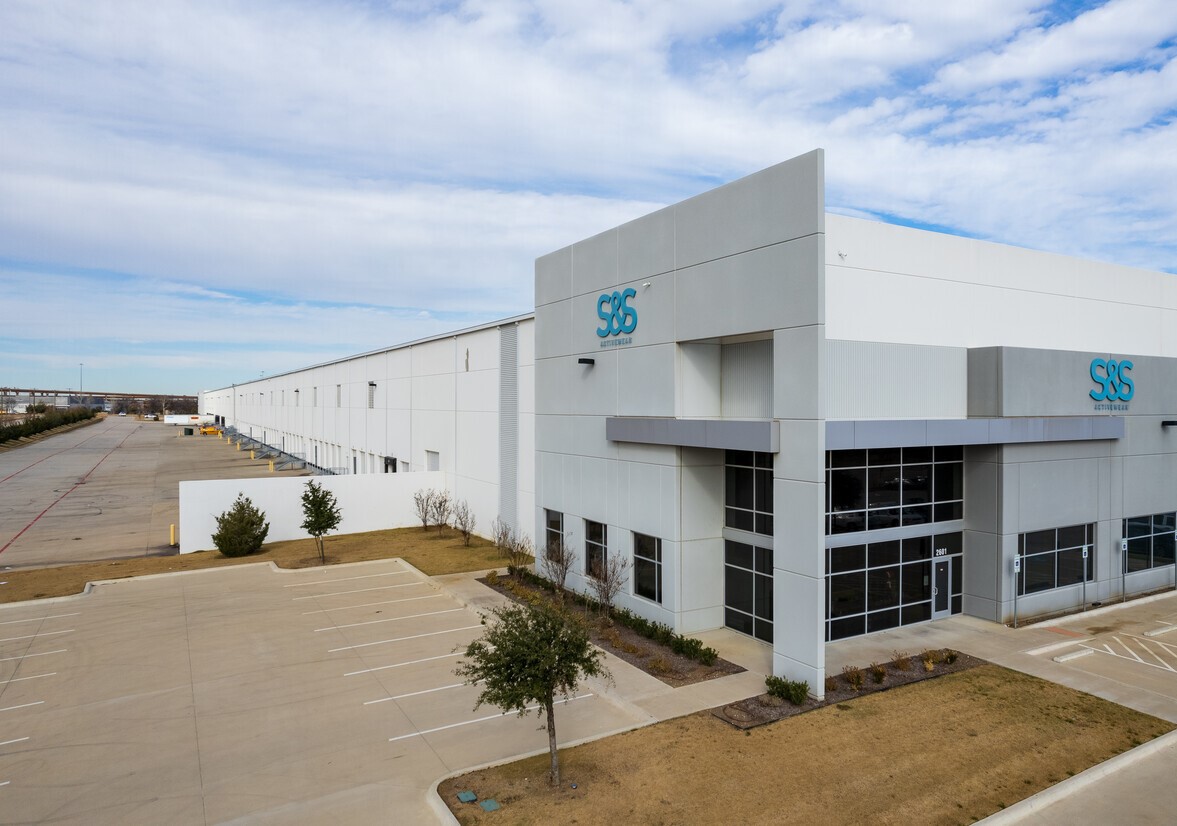Warehouse subleases give hope to hamstrung tenants
Companies are on the hunt for space amid industrial vacancy squeeze
Companies are beginning to sublease their excess warehouse space, a sign of growing confidence around the management of their inventory following the disruption of global supply chains during the pandemic.
In Australia, industrial vacancy remains at an all-time low, under 1%, according to JLL. The number is similar in parts of the U.S. and Europe, with any increases since the start of the year only modest.
Though agents describe the availability of sublease space as a trickle, not a flood, anecdotally, there are signs of easing.
“Typically, we are seeing up to 5,000 square metre sublease spaces come onto the market, but 12 months ago, this would have been unheard of,” says Matt Lee, head of industrial and logistics occupier services in Australia, for JLL.
The industrial sector has been real estate’s golden child since the COVID-19 pandemic. Low vacancy has pushed up rents in excess of 50% in some cities, including Sydney, over the past 18 months, JLL data show.
During the pandemic, and in the years since, retailers, manufacturers, and third-party logistics companies have sought more space than ever, with some increasing their stock holdings by 30% to hedge against disruptions to supply chains.
“In reaction to not being able to fulfil orders, companies were taking more warehouse space than they needed. This led to overflow warehouse solution and many companies decentralising into other states,” says Richard Phillips, head of supply chain in Australia, and New Zealand for JLL.
“We are far from seeing a full reversion to pre-Covid levels, and in some cases decentralisation of stock may mean the net space required locally for some occupiers may be remain.”
Record amounts of warehouse development will bring much needed supply into the market. However, in locations such as Sydney, where infrastructure and land zoning challenges persist, it is expected that demand will continue to outpace supply.
Looking for more insights? Never miss an update.
The latest news, insights and opportunities from global commercial real estate markets straight to your inbox.
Hope for occupiers
With sublease space now creeping into the market, there is a flicker of hope for occupiers that have been faced with no relocation options for when their leases expire, or for when their current accommodation is no longer suitable.
“We would get a call every second day from a tenant who would say to us ‘our lease is expiring in 18 months’ time, what do we do?’,” says Lee. “Moving into another building is not an option, and you can’t negotiate a favourable deal for a lease extension because the reality is, it’s a landlord’s market. It’s a very difficult time to be a tenant with a lease expiry within the next two years.”
While occupiers continue to be hampered by a lack of available space, they are trying to make negotiations work in their favour as much as possible.
Investment Opportunities
“Rents won’t be coming down for the foreseeable future. And so instead of 10-year leases many tenants are signing for three years and hoping by then they can negotiate again at reduced rents when vacancy comes back into the market,” Lee says.
“The risk is they get jammed again, but at least we know supply is coming into some markets.”
Contact Matt Lee
Head of occupier services, industrial and logistics, JLLWhat’s your investment ambition?
Uncover opportunities and capital sources all over the world and discover how we can help you achieve your investment goals.




